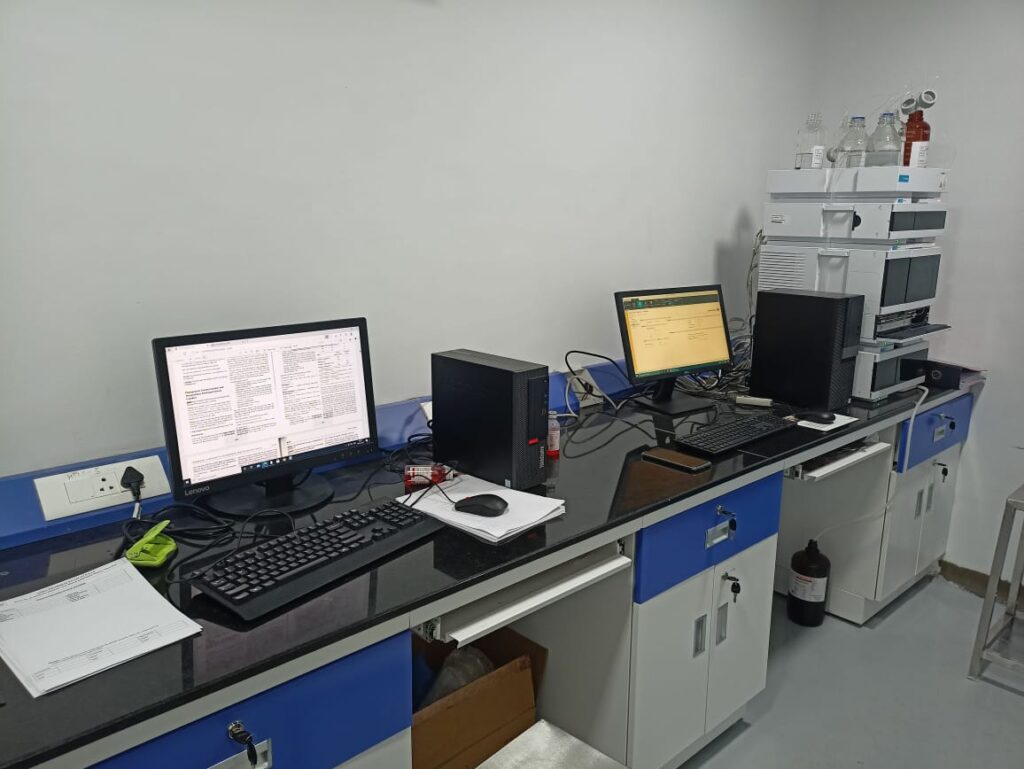Documents Required for Third Party Manufacturing: A Comprehensive Guide
In the world of pharmaceuticals, cosmetics, and various other industries, third-party manufacturing has become a popular and cost-effective way to produce products without the need for in-house manufacturing facilities. It allows businesses to focus on their core competencies while outsourcing the production process. However, navigating the landscape of third-party manufacturing requires a thorough understanding of the documents and paperwork involved. In this article, we will delve into the essential documents required for third-party manufacturing, providing you with valuable insights and ensuring a smooth manufacturing process.
Introduction
Third-party manufacturing, also known as contract manufacturing, involves outsourcing the production of goods to a specialized manufacturer. This business model has gained popularity due to its cost-efficiency and time-saving advantages. However, a successful third-party manufacturing partnership requires careful documentation and compliance with regulatory standards.
Contract Manufacturing Agreement
The cornerstone of any third-party manufacturing partnership is the contract manufacturing agreement. This legally binding document outlines the terms and conditions of the partnership, including production volumes, quality standards, pricing, and delivery schedules. It is crucial to engage legal experts to draft a comprehensive contract that protects the interests of both parties.
Quality Agreement
Maintaining product quality is paramount in third-party manufacturing. A quality agreement specifies the quality standards and testing procedures that the manufacturer must adhere to. It also outlines the responsibilities of both parties in ensuring product quality and safety.
Product Formula and Specifications
Clear and detailed product formulas and specifications are essential for the manufacturing process. This includes a precise list of ingredients, their quantities, and any special instructions for handling or processing. Any changes to the formula must be documented and approved by both parties.
Master Batch Records (MBR)
Master Batch Records (MBR) serve as a step-by-step guide for manufacturing a product. They detail the manufacturing process, including equipment used, mixing procedures, and quality control checks. MBRs ensure consistency and traceability in production.
Certificate of Analysis (CoA)
A Certificate of Analysis (CoA) is a document provided by the manufacturer that certifies the quality and purity of the finished product. It is often required by regulatory authorities as proof of product quality.
Batch Manufacturing Record (BMR)
Batch Manufacturing Records (BMRs) are specific to each production batch. They include information on raw material quantities, production dates, equipment used, and any deviations from the standard process. BMRs are crucial for traceability and quality control.

Packaging and Labeling Specifications
The packaging and labeling of products must comply with regulatory requirements. Detailed specifications for packaging materials, labeling content, and artwork must be documented to ensure compliance and brand consistency.
Regulatory Documents
Depending on the industry and product type, various regulatory documents may be required. These may include drug master files (DMFs), certificates of compliance, and product registration documents. Ensuring the completeness and accuracy of these documents is essential for regulatory approval.
Power of Attorney
A Power of Attorney document grants the manufacturer the authority to act on behalf of the brand owner in certain legal matters. It is necessary for customs clearance, product registration, and other legal procedures.
Non-Disclosure Agreement (NDA)
To protect sensitive information, a Non-Disclosure Agreement (NDA) may be required. This agreement ensures that the manufacturer does not disclose or misuse proprietary information shared by the brand owner.
Insurance Certificate
Both parties should maintain appropriate insurance coverage to protect against unforeseen events or liabilities. An insurance certificate provides proof of coverage and ensures financial security.
Invoice and Payment Terms
Clear invoicing and payment terms should be documented in the agreement. This includes payment schedules, methods, and any penalties for late payments.
Change Control Documents
In a dynamic manufacturing environment, changes are inevitable. Change control documents outline the process for requesting and approving changes to the manufacturing process, formulas, or specifications.
Conclusion
In the realm of third-party manufacturing, effective communication and documentation are key to a successful partnership. By understanding and meticulously maintaining the required documents, businesses can ensure product quality, compliance with regulations, and a seamless manufacturing process.
Frequently Asked Questions (FAQs)
1. What is third-party manufacturing?
Third-party manufacturing, also known as contract manufacturing, is when a company outsources the production of its products to a specialized manufacturer.
2. Why is a contract manufacturing agreement important?
A contract manufacturing agreement outlines the terms and conditions of the partnership, ensuring that both parties are on the same page regarding production, quality, and pricing.
3. What is the role of a Certificate of Analysis (CoA)?
A Certificate of Analysis certifies the quality and purity of the finished product, providing assurance of product quality.
4. Why are change control documents necessary in third-party manufacturing?
Change control documents ensure that any changes to the manufacturing process or specifications are properly documented and approved to maintain consistency and quality.
5. How can I ensure a successful third-party manufacturing partnership?
Effective communication, documentation, and adherence to quality standards are essential for a successful third-party manufacturing partnership.
In conclusion, third-party manufacturing can offer significant benefits, but it requires meticulous attention to documentation and quality control. By understanding and preparing the necessary documents, businesses can embark on successful partnerships that drive growth and product excellence.

